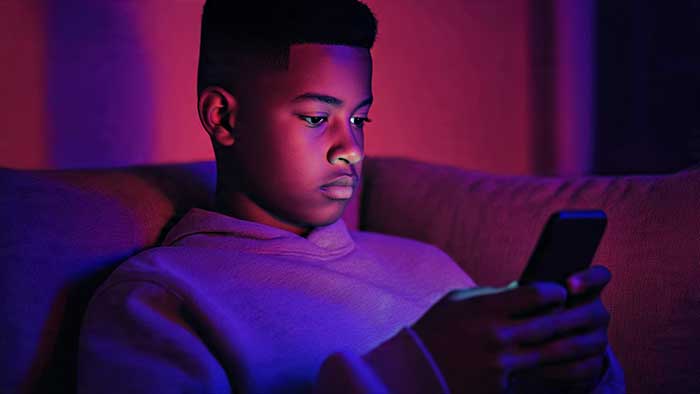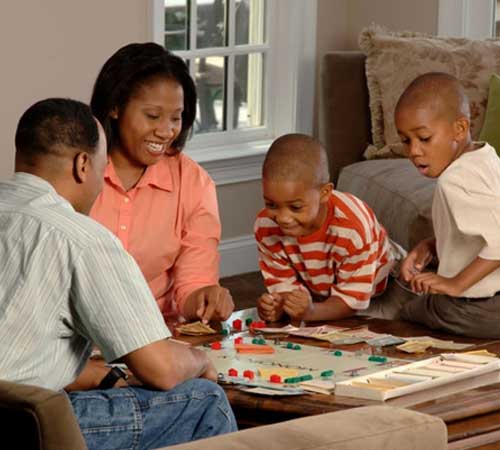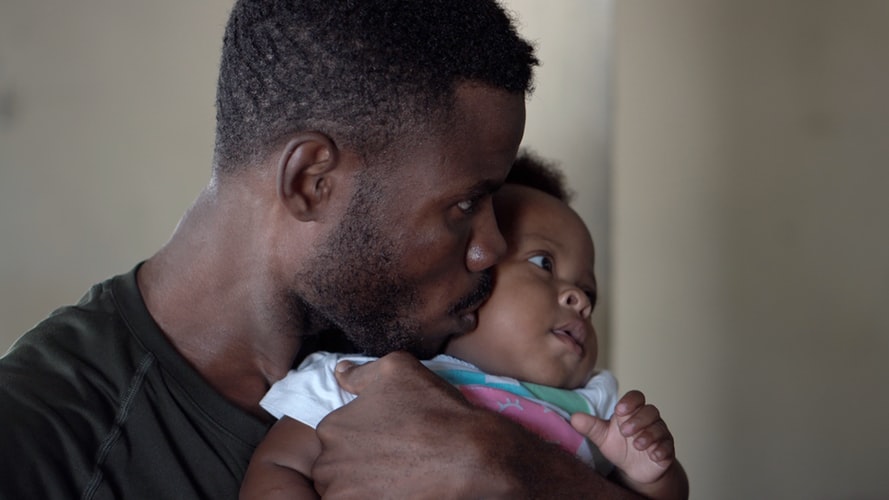
Start by teaching your kids the distinction between a problem and an emergency in today’s unpredictable world.
A problem requires help but not emergency services, whereas an emergency demands immediate assistance from authorities or medical professionals.
Encourage your child to assess the situation and decide whether to call you or a neighbour or wait for your return.
Begin to teach emergency preparedness around age 3.
Teaching your child vital information and skills to handle emergencies can help save lives and reduce anxiety.
It’s important to start early and practice regularly, as this will empower your child to respond confidently in unexpected situations.
Regular practice will reinforce the learning and build confidence in your child’s ability to handle emergencies.
For Emergency, Teach Your Children The Following;
- Power outages. Explain what to do during a power outage, including using flashlights and alternative light sources.
- Emergency contact numbers. Make sure they know your phone number and other important contacts, such as grandparents or a trusted neighbour.
- Basic self-defence. Teach them simple self-defence techniques, like yelling loudly or seeking help.
- Water safety. Educate them on what to do if they fall into the water or get swept away by a strong current on the beach.
- Poison control. Instruct them on what to do if they ingest something poisonous.
- Neighbourhood awareness. Teach them to be aware of their surroundings and report suspicious activity to a trusted adult.
- Getting lost. Teach them what to do if they get lost in a public place, such as finding a trusted adult or a meeting spot.
- Teach your child to dial emergency numbers like 911 (or your local equivalent) and when to use them. Teach them when and how to call for help in a life-threatening emergency.
- How and when to dial emergency phone numbers.
- Fire safety procedures. Educate your child on what to do in case of a fire, including escape routes, meeting points, and stop-drop-roll techniques.
- Stranger danger awareness and protocols. Teach your child to be cautious around strangers, including what to do if approached or lost in public.
- What to do if separated from you
- Relevant medical information
- Emergency Kits. Assemble an emergency kit with essentials like food, water, and first aid supplies, and explain its purpose.
Other Emergencies
- First aid. Introduce simple first aid techniques, such as applying bandages, stopping bleeding, and responding to burns.
- Natural disaster. Explain what to do during earthquakes, hurricanes, tornadoes, and other natural disasters.
- Establish a meeting point and a contact person in case you get separated during an emergency.
- Teach your child the importance of remaining calm and thinking clearly during emergencies. By doing so, you’re not only preparing them to handle the situation effectively but also instilling a sense of control and preparedness in yourself as a parent.
- Conducting regular emergency drills is a key part of the learning process. It helps your child remember what to do in different situations, and it also reassures you as a parent that your child is prepared and knows how to respond, instilling a sense of confidence in both you and your child.
Also Read: 7 Indoor Activities, Screen Time Alternatives For Toddlers
Preparation is critical to ensuring your child’s safety and well-being in emergencies.
Remember to adapt your teaching to your child’s age and understanding, and encourage them to ask questions and seek help when needed.
Find more resources parenting here



